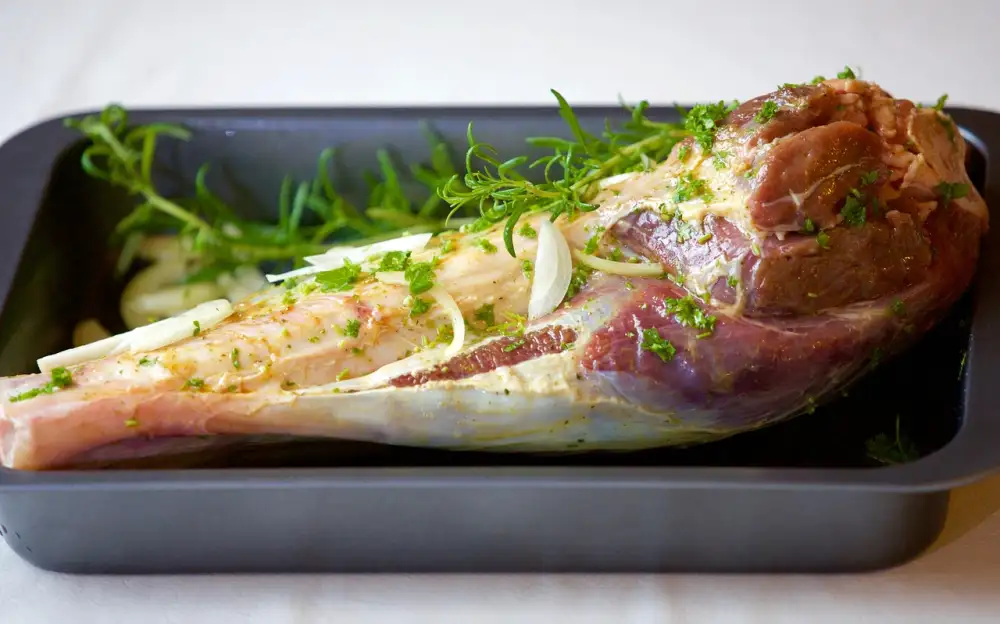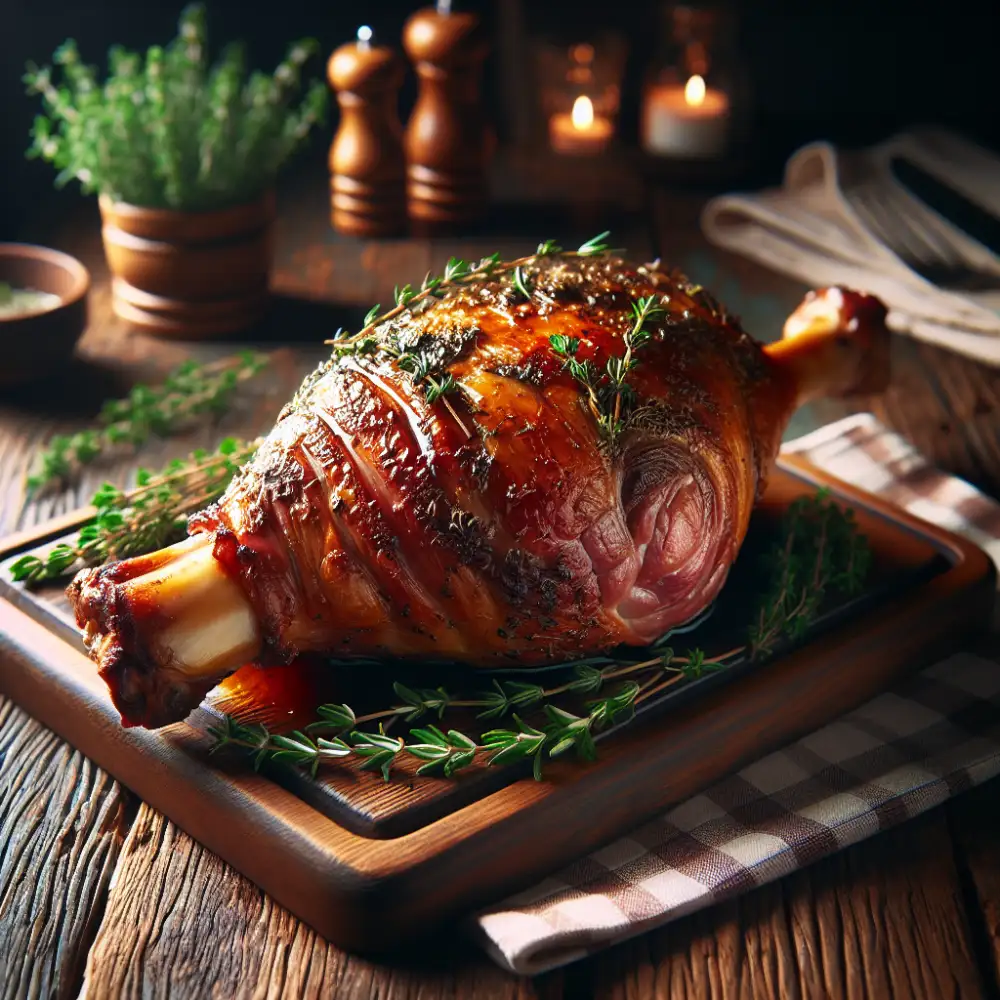Roasted Leg of Lamb: A Recipe for Tender, Flavorful Perfection

Ingredients
Flour (bleached all-purpose is fine, but cake flour will yield a softer crumb), sugar (granulated is standard, but you can experiment with brown sugar or alternative sweeteners), eggs (large, unless otherwise specified), butter (unsalted, so you can control the salt level), milk (whole milk adds richness, but you can use low-fat or plant-based alternatives), baking powder and/or baking soda (make sure they're fresh for proper rising), salt (a pinch enhances the other flavors), and vanilla extract (pure vanilla extract provides the best flavor).
Preparation
Before you begin, make sure you have all the necessary materials and tools. This may include ingredients, measuring cups and spoons, mixing bowls, and cooking utensils. Read the entire recipe carefully before starting to ensure you understand each step. Prepare your ingredients as instructed, such as chopping vegetables, measuring spices, or bringing liquids to a boil. Having everything ready will make the cooking process smoother and more enjoyable.
Roasting time
Roasting time depends on the type and size of the meat and the desired doneness. Use a meat thermometer to ensure the meat is cooked to a safe internal temperature. For example, a whole chicken should be roasted to an internal temperature of 165°F (74°C), while a beef roast should be cooked to an internal temperature of 145°F (63°C) for medium-rare. Roasting times can vary depending on your oven, so it's always best to check the recipe for specific instructions. Overcooked meat can be dry and tough, so it's important to avoid overcooking. Let the meat rest for a few minutes after roasting to allow the juices to redistribute.
Internal temperature
Internal temperature is a measure of the degree of hotness or coldness of an object's inside. It's a crucial factor in determining the safety and quality of food, as well as the comfort and health of living organisms. In cooking, monitoring internal temperature ensures food is cooked to a safe temperature, killing harmful bacteria and ensuring optimal texture and flavor. For humans, a stable internal body temperature is essential for survival. The body regulates its temperature around 98.6°F (37°C). Deviations from this norm, whether too high (fever) or too low (hypothermia), can indicate illness and require medical attention. Various factors, including ambient temperature, metabolism, and clothing, can influence internal temperature.
| Feature | Slow Roast (Low & Slow) | Fast Roast (High Heat) |
|---|---|---|
| Cooking Temperature | 130°C - 150°C (265°F - 300°F) | 200°C - 220°C (400°F - 425°F) |
| Cooking Time (per kg) | 60-90 minutes | 20-30 minutes |
| Result | More tender, falls off the bone | Browner crust, more visually appealing |
Resting time
Rest is just as crucial as exercise for muscle growth and repair. When you work out, you create tiny tears in your muscle fibers. Your body needs time to repair these tears, which is how your muscles become stronger. Aim for at least one to two days of rest per week, depending on the intensity of your workouts. Listen to your body and take an extra rest day if needed. Getting enough sleep is also vital for muscle recovery, as this is when your body produces growth hormone. Make sure you are getting seven to nine hours of quality sleep each night.

Serving suggestions
Enjoy this dish hot or cold, making it a versatile option for any meal. For a heartier meal, serve it with a side of rice or crusty bread to soak up all the delicious sauce. It also pairs well with roasted vegetables, a simple salad, or a dollop of yogurt or sour cream. Leftovers can be stored in an airtight container in the refrigerator for up to 3 days. Reheat gently on the stovetop or in the microwave before serving.
Variations
While the classic recipe calls for a simple combination of ripe tomatoes, mozzarella, and basil, countless variations exist. Some popular options include adding ingredients like roasted red peppers, prosciutto, pesto, or balsamic glaze. Others experiment with different types of mozzarella, such as buffalo mozzarella or smoked mozzarella, for unique flavors and textures. Regional variations abound, with each region in Italy boasting its own unique twist on this beloved dish. For example, Naples is known for its simple yet flavorful Margherita pizza, while Rome is famous for its thin-crust pizzas topped with fresh, seasonal ingredients.
Published: 18. 06. 2024
Category: Recipes



